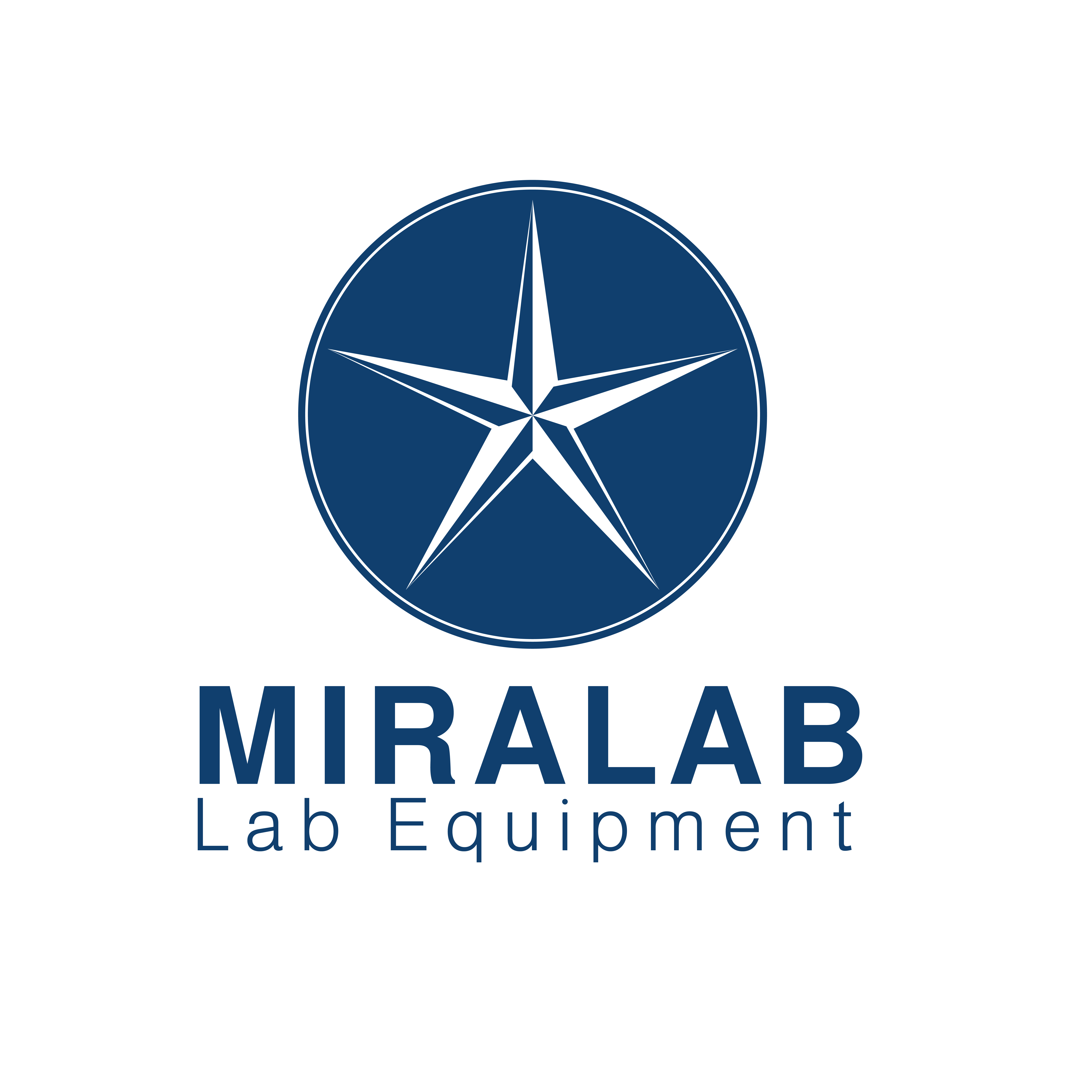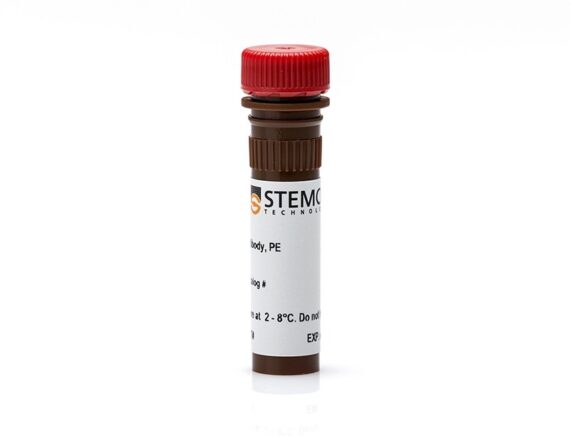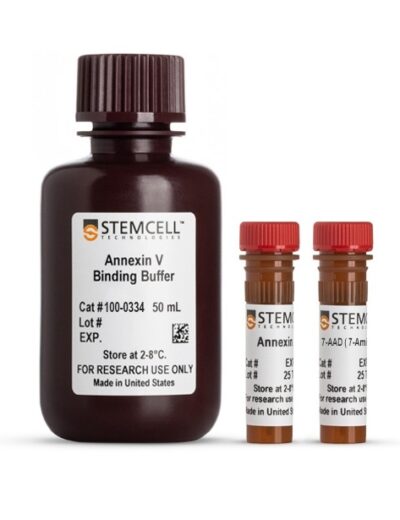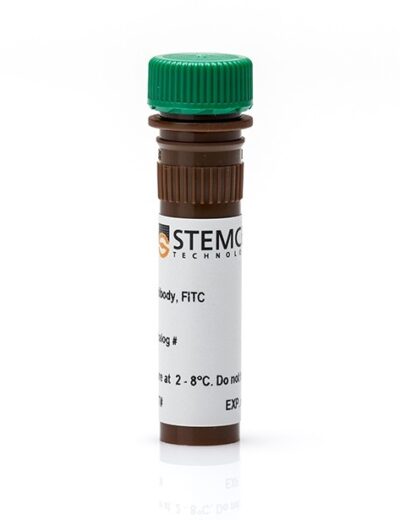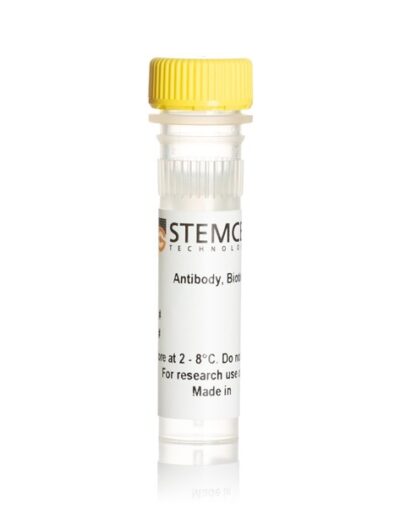Anti-Human CD8a Antibody, Clone SK1 Mouse monoclonal IgG1 antibody against human, rhesus, cynomolgus CD8a
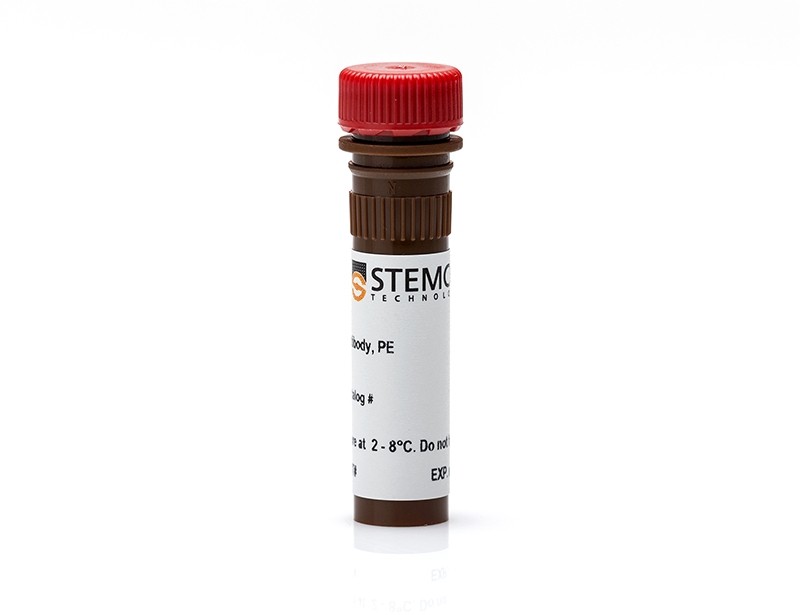
Overview
The SK1 antibody reacts with CD8a, a 32 – 34 kDa type I transmembrane glycoprotein that is a subunit of CD8. CD8 is a disulfide-bonded dimer, found either as a heterodimer of CD8a (α) and CD8b (β) subunits (i.e. αβ) or a homodimer (αα). CD8 acts as a co-receptor to the T cell receptor (TCR) during T cell activation by binding MHC class I molecules presented by an antigen-presenting cell. It functions to strengthen the association between the TCR and MHC I-antigen complex and to amplify signals from the TCR to the cytoplasm through the interaction of its intracellular domain with cytoplasmic tyrosine kinases such as Lck. The CD8a chain binds to the α3 domain of class I MHC molecules. CD8 is expressed by a majority of thymocytes, a subset of mature peripheral blood T cells (T cytotoxic cells), a proportion of β T cells, and at lower levels by NK cells (which predominantly express CD8a homodimers). Reportedly, the SK1 antibody exhibits a blocking effect on MHC:peptide tetramer binding to TCR and also blocks proliferation of Leu-2 T cells in mixed leukocyte reactions (MLR).
Subtype: Primary Antibodies
Target Antigen: CD8a
Reactive Species: Human
Conjugation: PE
Host Species: Mouse
Cell Type: T Cells; T Cells, CD8+
Application: Flow Cytometry; Cell Isolation
Area of Interest: Immunology
